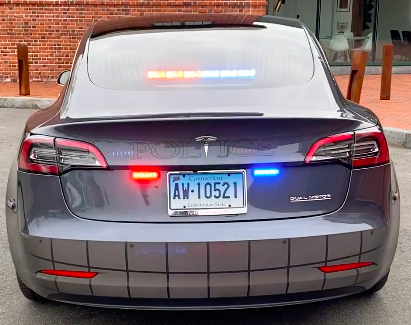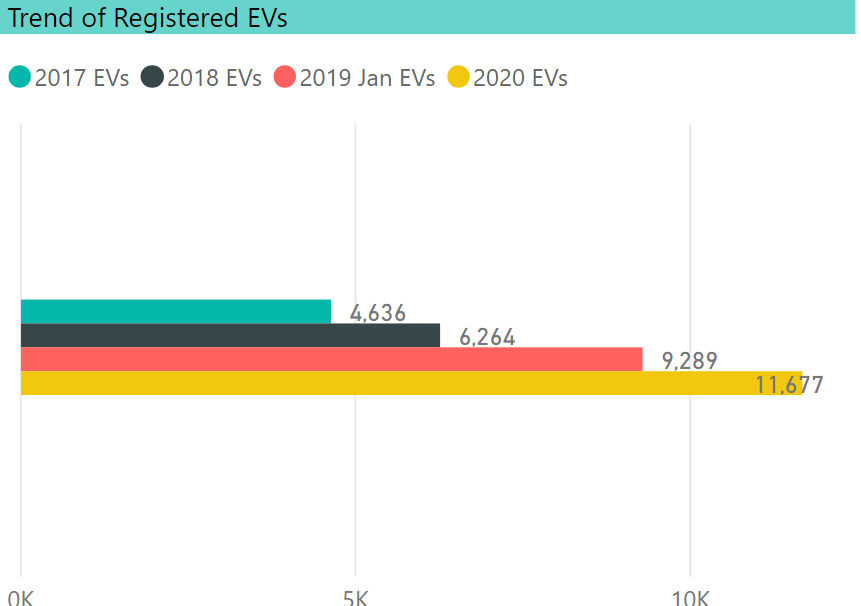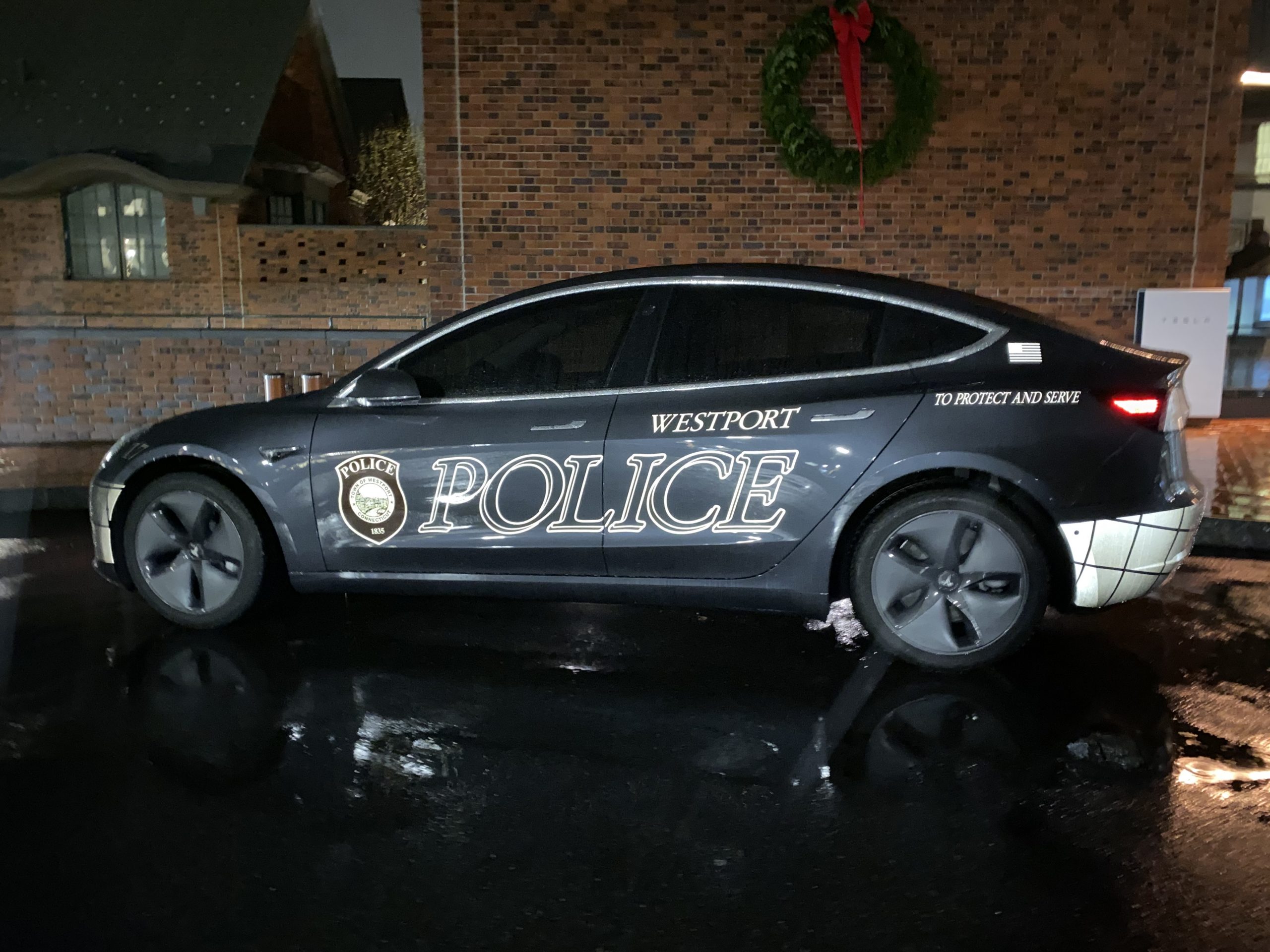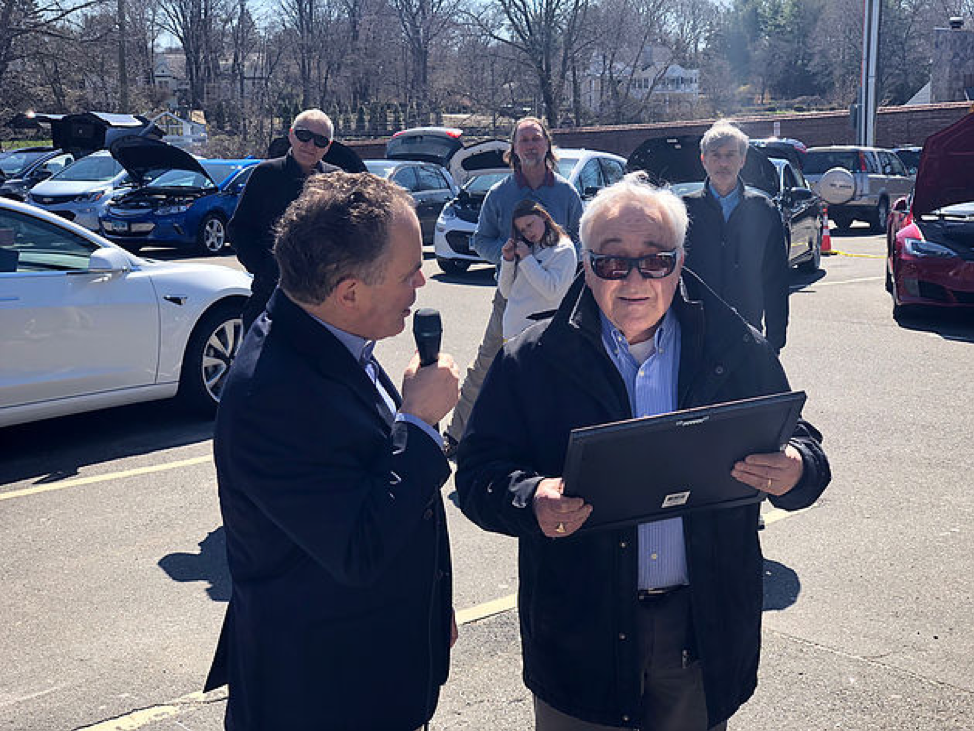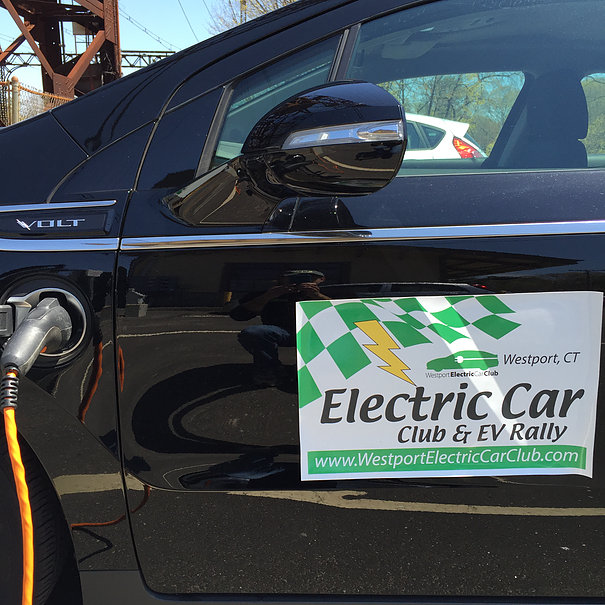Westport Police Tesla Model 3 Now Officially on duty
New Tesla Police Squad Car is on Duty Today, Feb. 5, 2020, marks the official entry into duty for the recently acquired Tesla Model 3 police cruiser. The vehicle was acquired in early December and … Read more

